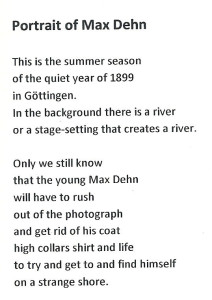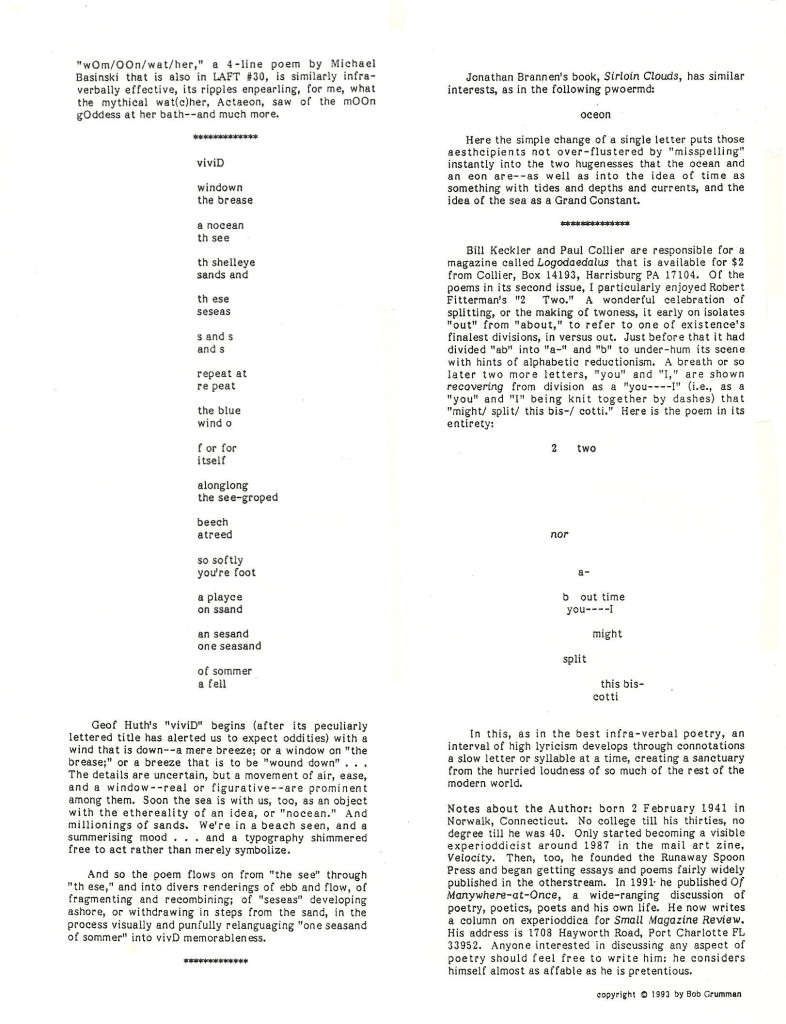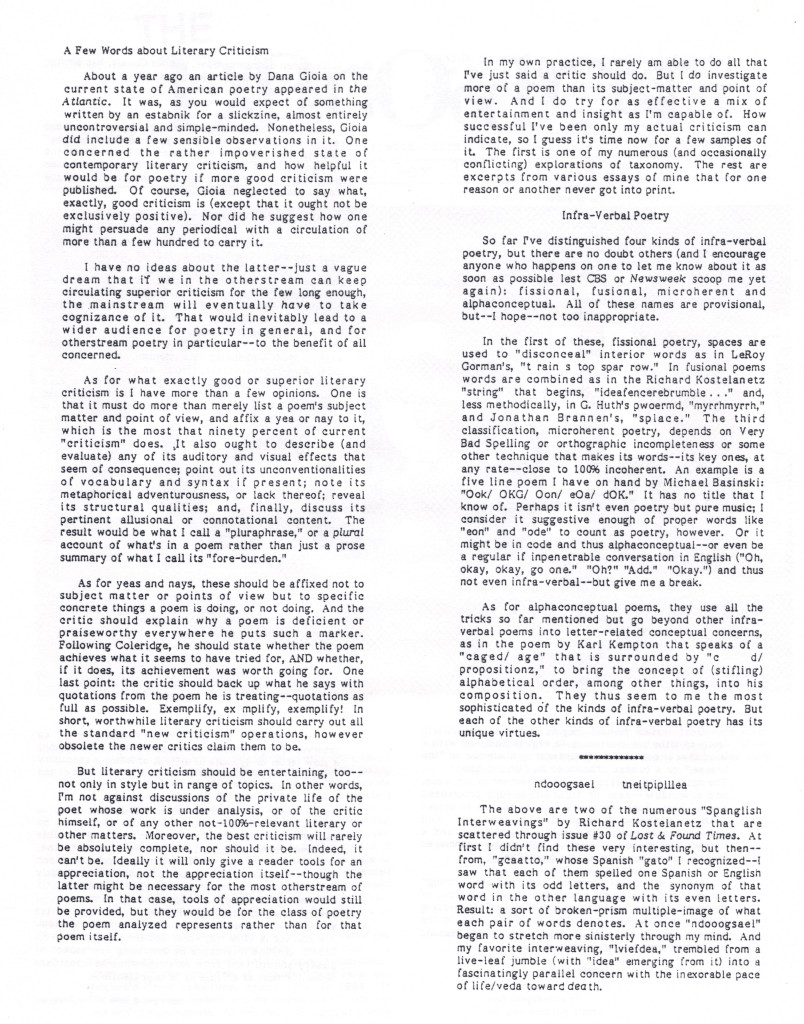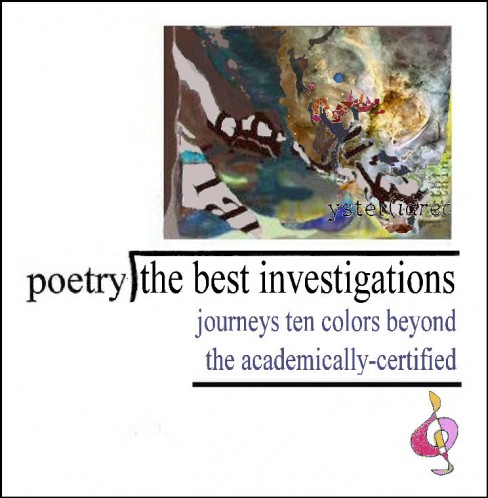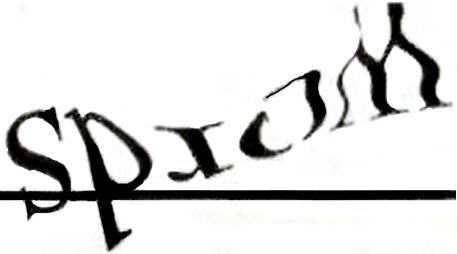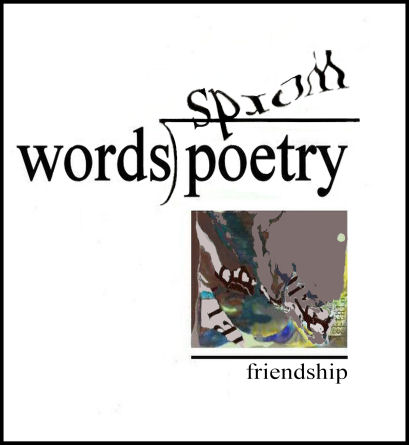After Finnegan, sitemaster of New-Poetry, let New-Poetry members know that we could find essays by various critics commenting on the current state of American Poetry at the VQR Symposium yesterday, I visited the site, read some, skimmed some, then posted the following at New-Poetry:
Thanks much for this, Finnegan. All these critics and Perloff (whom I count as part of the VQR Symposium group although she withdrew from it because she has remained an important part of it, anyway) is the only one who mentions visual and performance poetry, and all she does is mention them. The most visible two poetries of the Otherstream. But that’s enough to keep me from judging her thoughts on the contem-porary poetry scene the worst in this collection. The others are too closely worthless to pick out one for worst effort.
I will admit one thing not too hard to admit: a few of these estabniks seem somewhat familiar with what they deem a new sort of poetry—conceptual poetry—a kind of poetry, if it’s poetry (and Perloff questions whether at least some texts called conceptual poetry are poems) with which I was unfamiliar. But I’ve always said in my lists of new and newish poetry that I was sure I’d missed some, and know I’ve fallen behind badly in keeping up with various kinds of cyber poetry, never felt comfortable with my take on sound poetry, and only now believe I’m coming to terms with language poetry (although I arrogantly also feel I’ve known more about it for twenty years than just about anybody writing it, or writing poetry called language poetry, including especially Ron Silliman).
From the few examples of conceptual poetry I’ve seen, I have what I think is Perloff’s view, that it’s too similar to dada to be new, and—as I said—possibly prose (of a kind I’ve named “conceprature” to go with similar taxonomical terms I’ve used for “poetry” that’s really prose, “evocature” for prose poems, and “advocature” for lineated propaganda texts. I also use “informrature” for lineated texts like names and addresses on envelopes that are clearly not poems). Having said all that, I do believe that conceptual poets-or-prosists (note: “prosists” is an ad hoc term; I want something better, preferably already in use) are cutting edge even though working in a variety of literature that’s been around a long time—because (1) they are still finding significantly new things to do in it (new to me, anyway) the same way I believe a few visual poets are still finding significantly new things to do in visual poetry, which—in its modern phase—has now been around a century, give or take a decade or two, its start being still controversial; and (2) only a very few visible critics know about them, and only one, Perloff, has so far written meaningfully about them.
I should be kinder to Perloff than I have been for the past 25 years, and will be from now on, I’m pretty sure. But nothing is harder for someone fighting against the status quo not to blow up at than another fighting against it differently (usually much less differently than its seems to both at the time).
Below is perhaps the best example of anti-Otherstream gatekeeping in the tripe Finnegan linked to, a passage from Willard Spiegelman’s hilariously-titled essay, “Has Poetry Changed? The View From the Editor’s Desk.” Its title is funny because it contains not one word about how American poetry has changed over the past 30 years or so. (Note, by the way, another change in my boilerplate: “30,” not “50” years as I so long contended. I finally realized that Ashbery and his followers were, when breaking into prominence, using techniques not in wide use at the time–although far from revolutionary.)
“Some years ago Helen Vendler said she was giving up reviewing or generally writing about new books of poetry by younger poets. She had not lost her acumen, her interest or her powers of perception; rather, she said that she lacked the right cultural frame of reference to be an appropriate audience, let alone a judge. She knew about gardens and nightingales, Grecian urns and Christian theology, but not about hip-hop or comic books, and these provide the material, or at least the glue, for many of today’s poems. Poetic subjects, voices, diction, and tone change. And forms, like subjects, change as well. She wanted to leave the critical field open to younger people like her colleague Stephen Burt, a polymath who knows the ancients and the moderns, the classics and the contemporary. He listens to indie bands and reads graphic novels. He flourishes amid the hipsters as well as the sonneteers.” Etc.
Why is this especially stupid, in my view? The idea that the main thing a critic needs to be familiar with to write about poetry is subject matter. Oh, and “voices, diction and tone.” Oops, “forms,” too. No mention of what Vendler has been drastically ignorant of since she was first writing about Ashbery: technique. Perhaps I’m wrong to consider it the most important component of poetry, but it most certainly is as important as “voices, diction and tone.”
Then there is her leaving the field open to people like Stephen Burt. A Harvard professor! And no more knowledgeable than Vendler about what’s going on in poetry now. Here’s one thing Wikipoo calls him recognized as a critic for, his definition of what I call jump-cut poetry (but long ago referred to it a few times as “elliptical”): “Elliptical poets try to manifest a person—who speaks the poem and reflects the poet—while using all the verbal gizmos developed over the last few decades to undermine the coherence of speaking selves.” I like his “all the verbal gizmos.” Does he mention even some of those invented way before his time by Cummings. I don’t know his criticism well enough to be sure the answer is no, but I’d be willing to bet ten bucks it is.
I’d be interested to know why what I’ve written here contributes less to the discussion in VQR of the current state of American Poetry than the essays in it. Anyone interested in telling me? Or even in telling me why I’m not worth telling? I’ve issued challenges like this before. No one’s yet answered one. At least one that doesn’t significantly misrepresent me, and escalate into ad hominem arguments and plain insults.
Note: I’m pretty sure that 15 or 20 years ago, one of the two times I was stupid enough to apply for a Guggenheim grant, Willard Spiegelman got one in the field I’d applied for one in. I can’t remember how he described his winning project except that it was lame, even for a mainstreamer. (Richard Kostelanetz, a former winner of a Guggenheim, had recommended me to the Guggenheimers, who then invited me to submit an application, so it wasn’t all my fault.)
.


